Common reasons why your generator leaks gasoline
- By BISON
Table of Contents
From keeping basic appliances running during storms to supporting industrial operations, generators provide reliability and peace of mind.
However, generators occasionally experience gasoline leaks. Gasoline leaks are more than a hassle, they can cause fires and release toxic fumes. Leaks also harm the environment by polluting the air. Even while operating, a leaking generator leads to downtime, disrupting the power it’s meant to supply.
The upside is that knowing why gasoline leaks happen can help you avoid risks and make your generator last longer. In this guide, BISON covers common causes of gasoline leaks, warning signs to watch for, and how to fix the issue. You’ll learn how to keep your generator safe and running smoothly.

Common reasons why generators leak gasoline
Leaks in generators stem from wear, lack of maintenance or outside influences. Below, we’ll look at the main reasons.
Worn carburetor cup gasket
The carburetor cup gasket seals the carburetor cup to stop fuel leaks.
- Common problem: Over time, it may harden, crack, or wear out. This harms its ability to seal.
- Signs of damage: Fuel may drip under the carburetor, or you might see a wet spot below the generator.
- Solution: Inspect the gasket. Replace it immediately if it’s cracked, worn or hardened.
Damaged float assembly
The float assembly regulates fuel flow, maintains the gasoline level inside the carburetor.
- Common problem: It can stick, wear out or shift out of position, causing improper fuel flow issues.
- Signs of damage: Fuel might leak or overflow near the carburetor. This happens if the float can’t close the fuel valve properly.
- Solution: Should take apart carburetor to check the float and make adjustments if needed. Clean it or replace it if needed, this fixes fuel regulation.
Fuel line fault
Fuel lines send gasoline from tank to engine, they are essential for this flow.
- Common problems: Heat, age, or vibration can weaken it. Cracks, stiffness, or bad installation often lead to leaks.
- Signs of damage: Cracks, soft spots, brittleness, or fuel dripping along the line.
- Solution: Check lines often. Replace damaged parts with durable, heat-safe fuel lines.
Damaged fuel tanks
The fuel tank holds gasoline for generator, but frequent use or environmental factors can damage it over time.
- Common problems: Leaks can come from corrosion, cracks or impacts.
- Signs of damage: Unexpected fuel loss when generator is not in use.
- Solution: Check fuel tank regularly for cracks or wear. Fix small cracks with fuel-safe epoxy or adhesive. If the damage is severe, replace the entire tank.
Leaking fuel shutoff valve
The fuel shutoff valve is an important component that controls gasoline flow to the engine.
- Common problems: It can wear out or leak.
- Signs of damage: Fuel dripping directly from the shutoff valve or surrounding parts.
- Solution: Inspect valves for damage or looseness. Replace valves if cracks, wear, or malfunction are observed. Make sure valves are tight and installed correctly.
Loose or damaged connections
Vibration and normal generator operation can loosen connectors or fittings and joints.
- Common problems: Loose fittings or damaged connectors can cause leaks during assembly or maintenance.
- Signs of Damage: Fuel smells and leaks near connection points.
- Solution: Check all connections, fittings and bolts. Tighten loose ones, replace worn or broken parts, to restore tightness and prevent leaks.
External Environmental Factors
Extreme heat, debris or rough use can accelerate wear on generator parts.
- Common problems: Fuel lines, gaskets, or tanks may crack from heat, cold, or impact.
- Solution: Keep generator in a dry, cool spot. A cover may be used to protect against debris, wind, and rain. Handle gently to avoid stress on key parts.
Clogged or faulty fuel cap vent
The fuel cap vent balances tank pressure. A clogged vent can cause pressure buildup and forcing fuel leaks.
- Signs of damage: Strong fuel smell, spills near the cap, or a whistling sound from tank.
- Solution: Thoroughly clean the vent on the fuel cap. If the problem persists, replace it with a compatible vented fuel cap.
Damaged O-rings or seals
O-rings and seals keep fuel from leaking. Over time, they wear out from age or fuel exposure.
- Signs of damage: Fuel leaks at joints, near the carburetor or fuel lines, and a strong gasoline smell.
- Solution: Inspect O-rings and seals during maintenance. Replace any that appear cracked, brittle, or deformed.
Overfilling the tank
Overfilling the tank can cause fuel to overflow. This leads to leaks around the cap or tank.
- Signs of damage: Wet spots near the cap or fuel spilling down the generator’s side.
- Solution: Don’t fill the tank to the top, you should leave room for fuel to expand, especially in hot environment.
in conclusion
Knowing why gas leaks happen and fixing them keeps your generator running smoothly. Regular maintenance and quick repairs prevent bigger problems, protect against costly fixes and power outages. Additionally, safe storage and use also helps protect its sensitive components from damage caused by internal and external environmental.
For serious or ongoing issues, call a professional. Some gas leaks signal deeper problems needing expert care. Professional assistance ensures your generator is restored to safe working condition and helps extend its overall life.
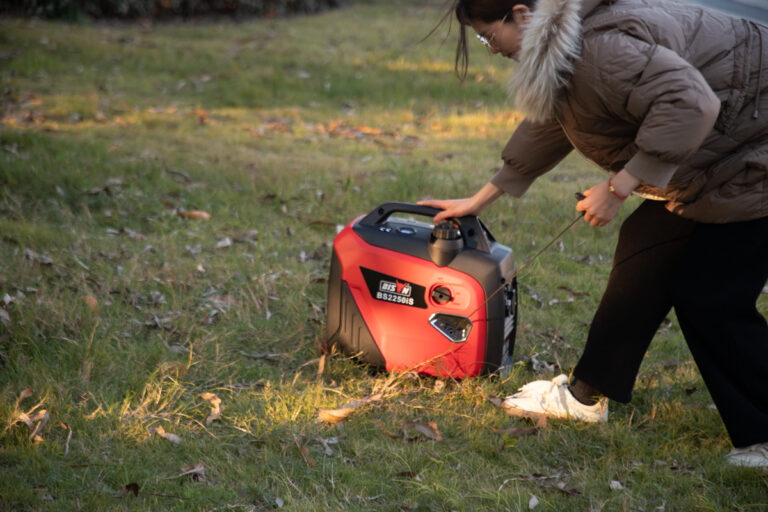
Most Popular Posts
QUESTIONS?
CONTACT US TODAY.
buy?
Related Posts
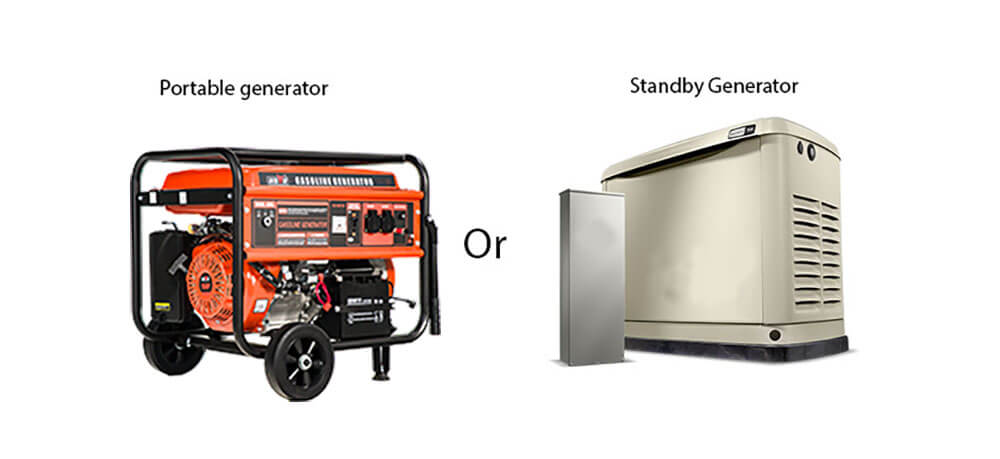
portable or standby generators: which one fits your needs?
This article by BISON breaks down the differences between portable and standby generators. By the end, you’ll find which one fits your needs best.

how to parallel generators: A comprehensive guide
BISON will explain what parallel generators mean and how they work together as a system. We will also focus on the advantages and reliability.
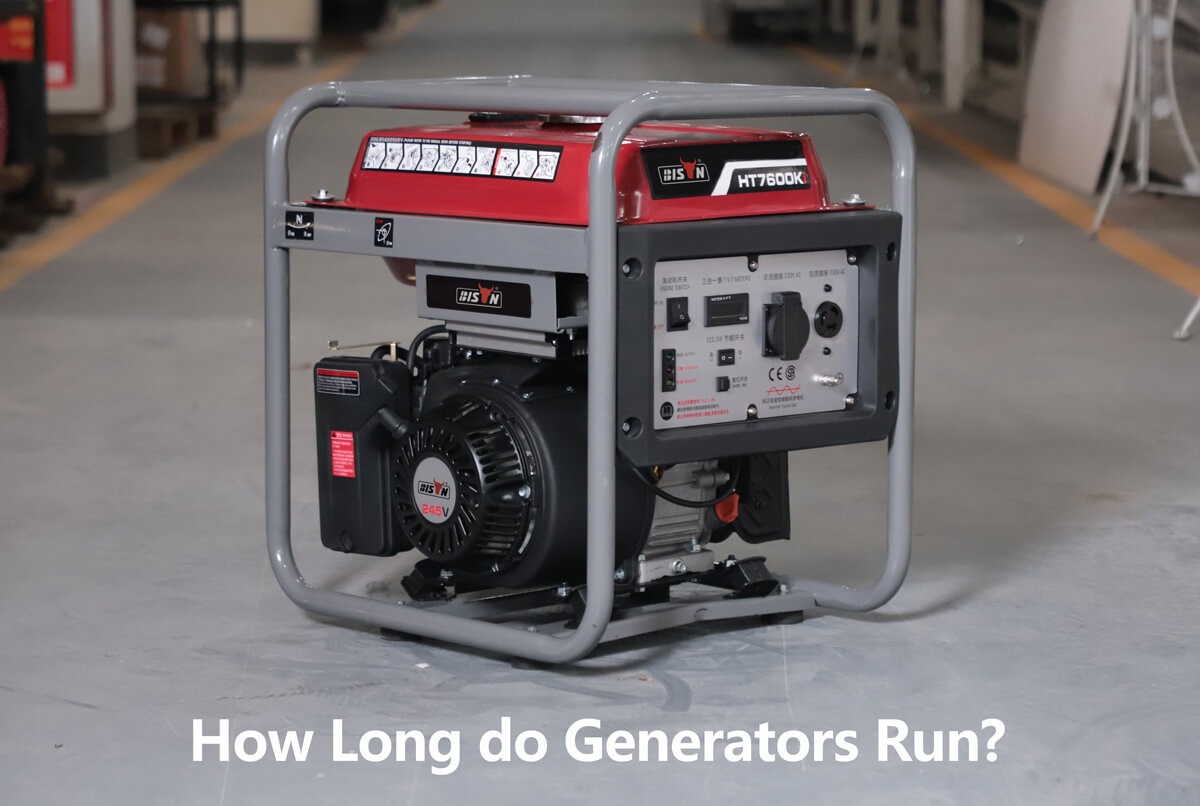
how long do generators run: what you need to know
BISON will dive into everything you need to know about how long a generator runs, helping you choose between generators with different run times.
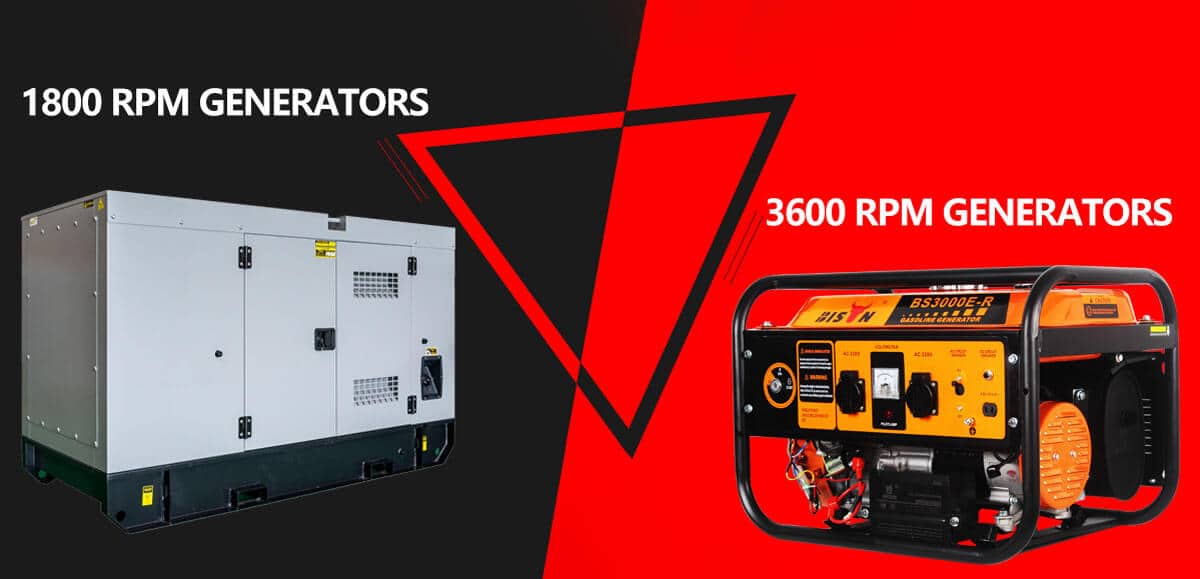
understanding differences: 1800 RPM vs 3600 RPM generators
difference between 1800 RPM and 3600 RPM generators. In this article, BISON takes a closer look at their design, construction, and the technology that drives them…
Related Products
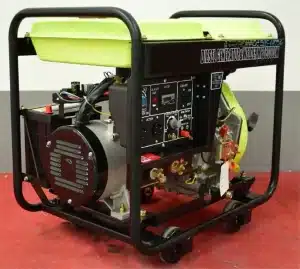
diesel fuel powered portable generator with stick welder
PRODUCT INTRODUCTION BISON diesel fuel powered portable generator with stick welder is a versatile and

7kw diesel generators
BISON 7kW diesel generator is a reliable and powerful source of backup power for your
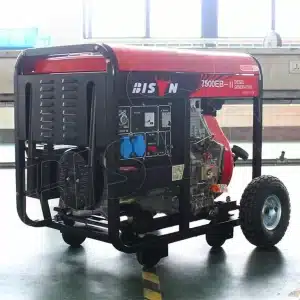
heavy duty portable mobile diesel generator
PRODUCT INTRODUCTION The heavy duty portable mobile diesel generator produces and is capable of powering
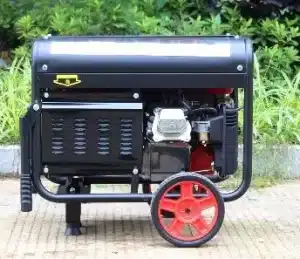
portable generators: backup power at a lower cost
PRODUCT DESCRIPTION BISON portable diesel generators are lightweight and easy to move, making them ideal
.png)
-qbpqbzxxvtguiuwezisu6wo6j1i29b4m1el1ir1u8o.png)

